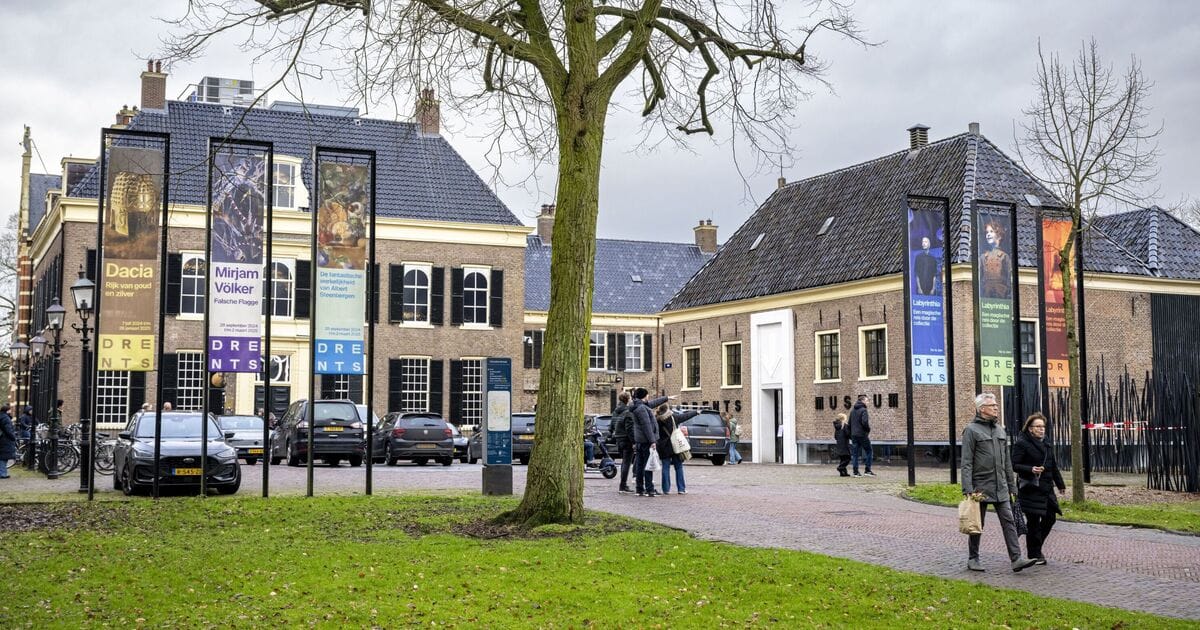An early morning heist at a Dutch museum this weekend has seen four ancient artefacts stolen by criminals.
Thieves used explosives to blast their way into the Drents Museum in Assen in the early hours of Saturday morning to help themselves to priceless Romanian jewellery made from gold and silver.
The criminals made off with three Dacian spiral bracelets and the Helmet of Cotofenesti, a 2,400-year-old artefact, part of a collection on loan to the Dutch museum from Romania.
Romania’s Ministry of Culture has vowed to take all necessary measures to recover the stolen items after an incident described as the “biggest” in the museum’s 170-year history.
Dutch Prime Minister Dick Schoof has spoken with Romania’s President Klaus Iohannis and assured him that authorities were taking “all necessary measures to identify the suspects and recover the artefacts”.
Officers were called to the scene at around 3.45am on Saturday morning and have carried out a forensic examination of the site as well as a review of CCTV in the area.
Investigators are also examining a potential link with a burning vehicle found close to the scene.
A Dutch police statement said: “A possible scenario is that the suspects switched to another vehicle in the vicinity of the fire.”
Police believe that the raid included multiple people, although no arrests have been made at this stage.
Dutch police have asked for assistance from Interpol the global policing agency who specialise in restricting the freedom of movement across borders of those wanted by law enforcement.
Museum director Harry Tupan described the theft as “a dark day for the Drents Museum in Assen and the National History Museum of Romania in Bucharest.”
The stolen Helmet of Cotofenesti, dating from around 450 BC, is considered a national treasure of Romania. The three Dacian royal bracelets, crafted around 50 BC, were part of a larger collection that had previously been looted and sold abroad in the 1990s.
All four items were described by the museum as “archaeological masterpieces” and featured as part of a special exhibition about the Dacian empire, which was located in modern-day Romania.








Leave a comment